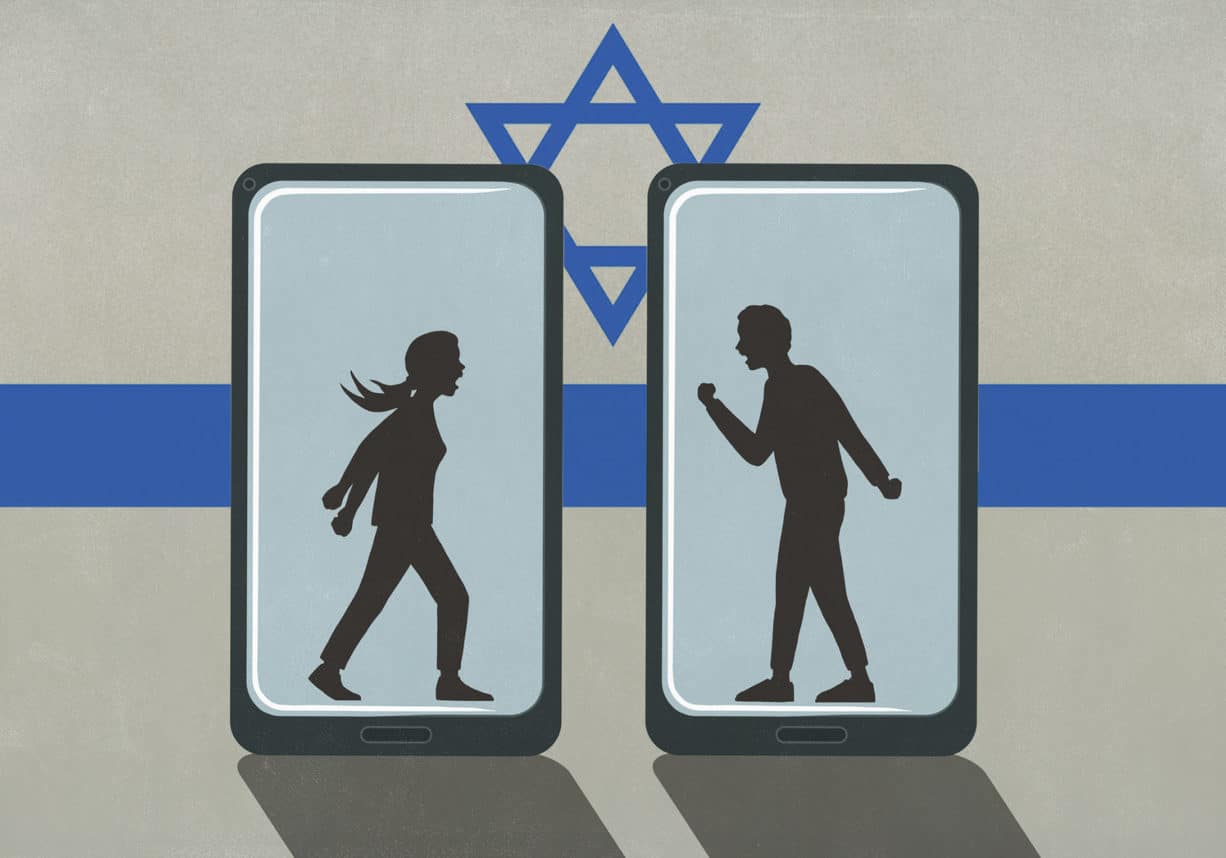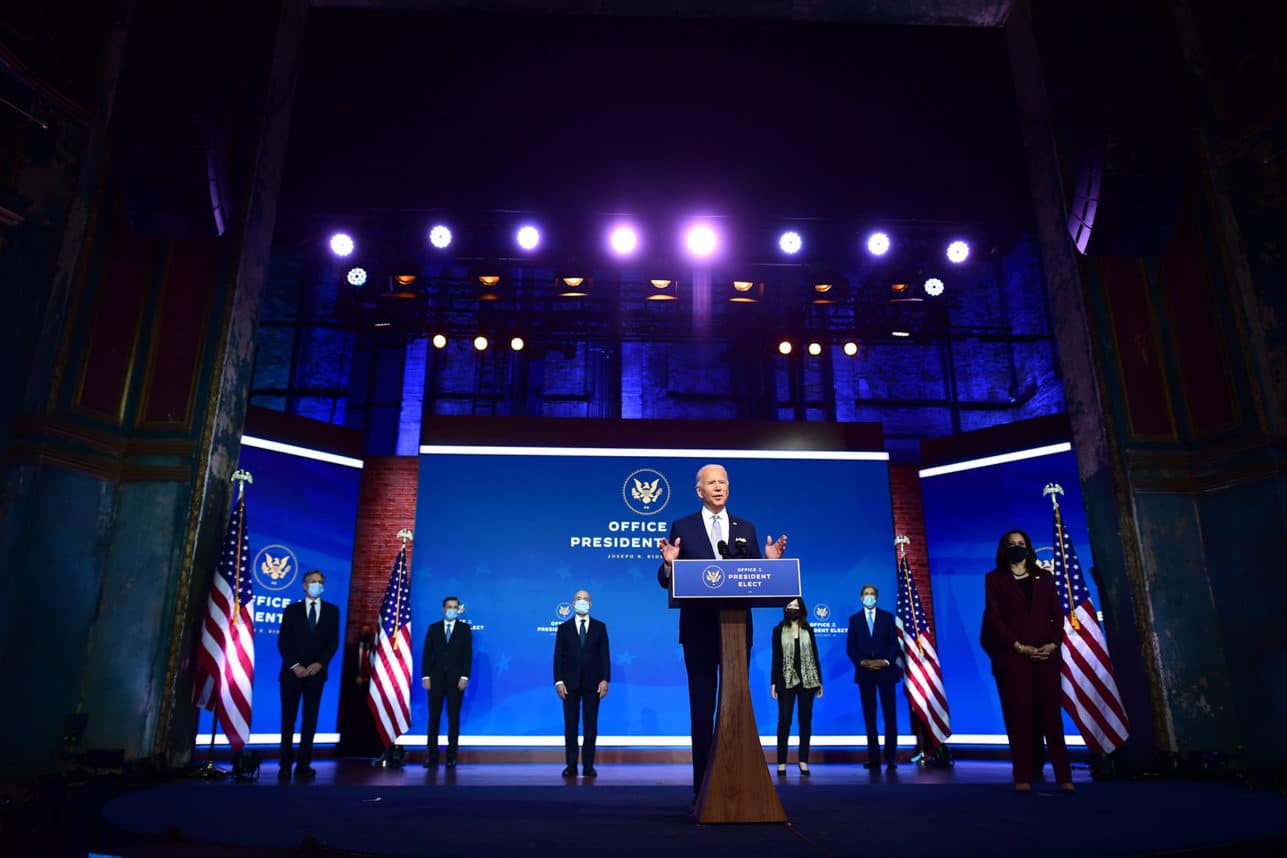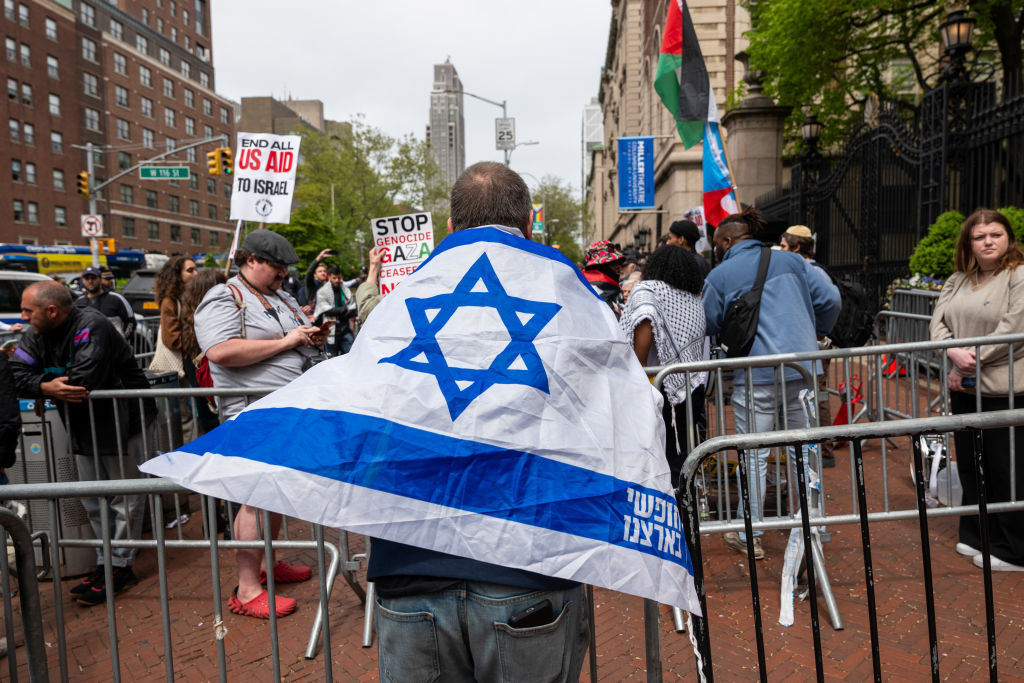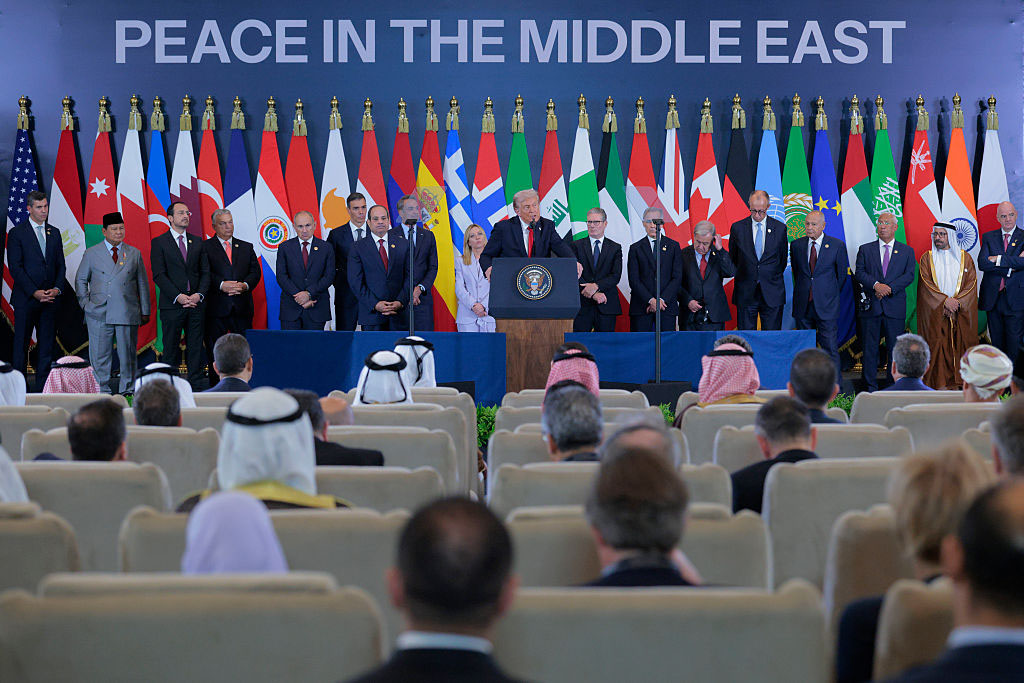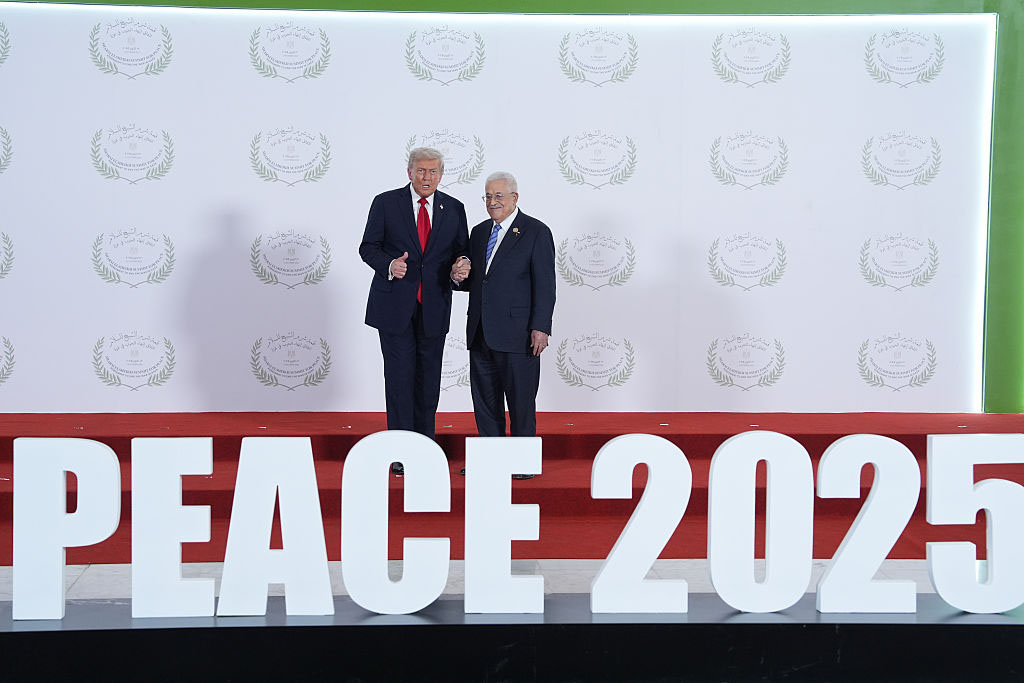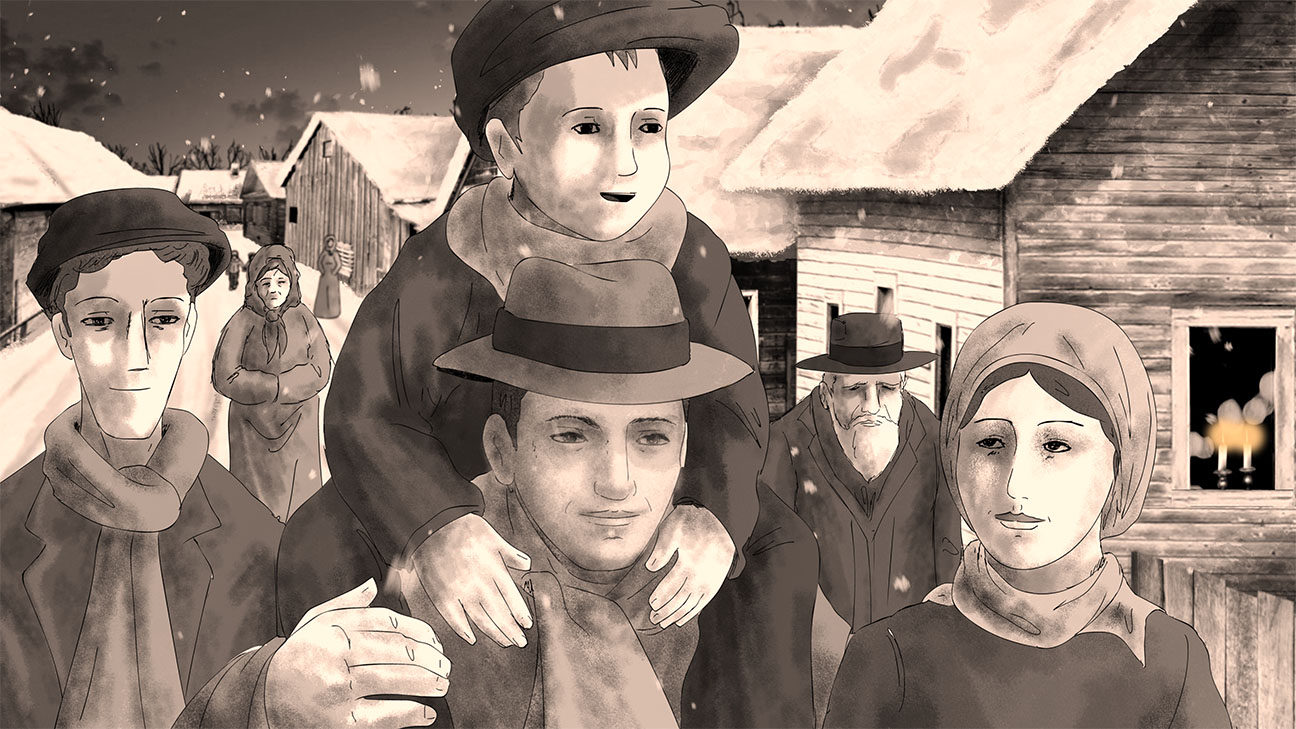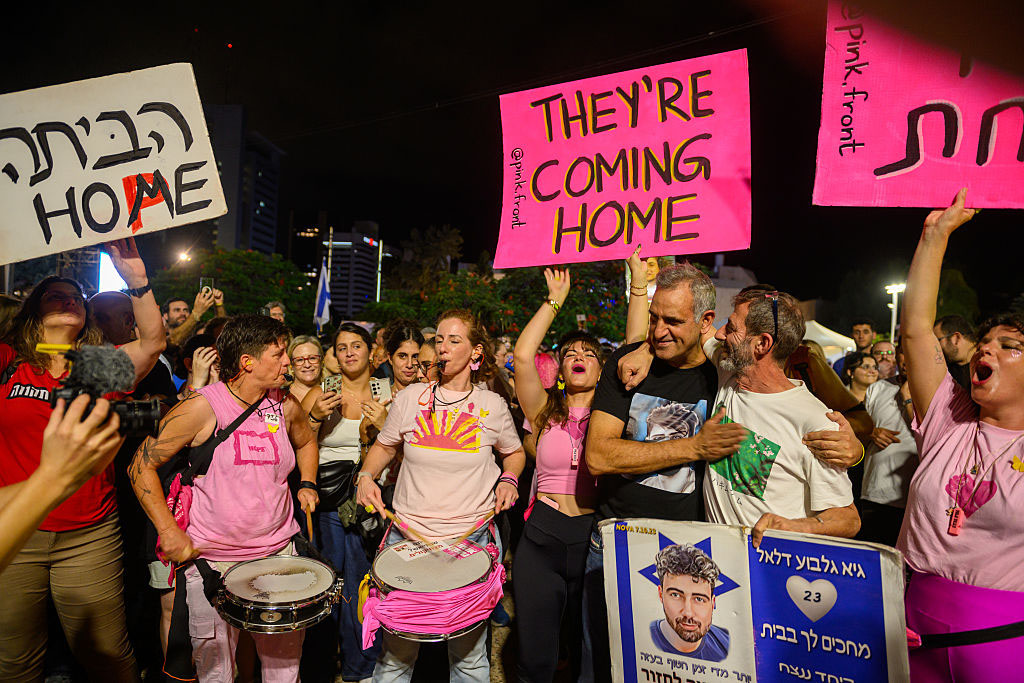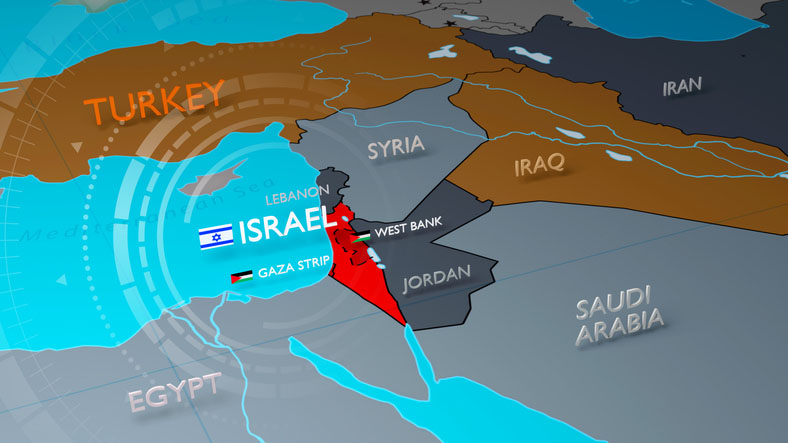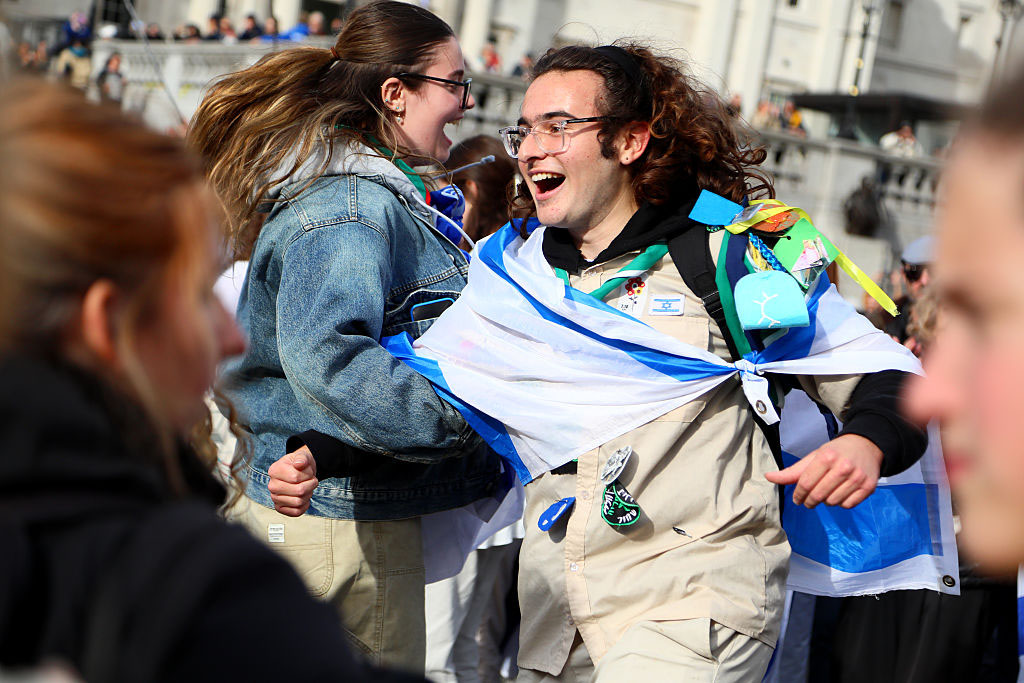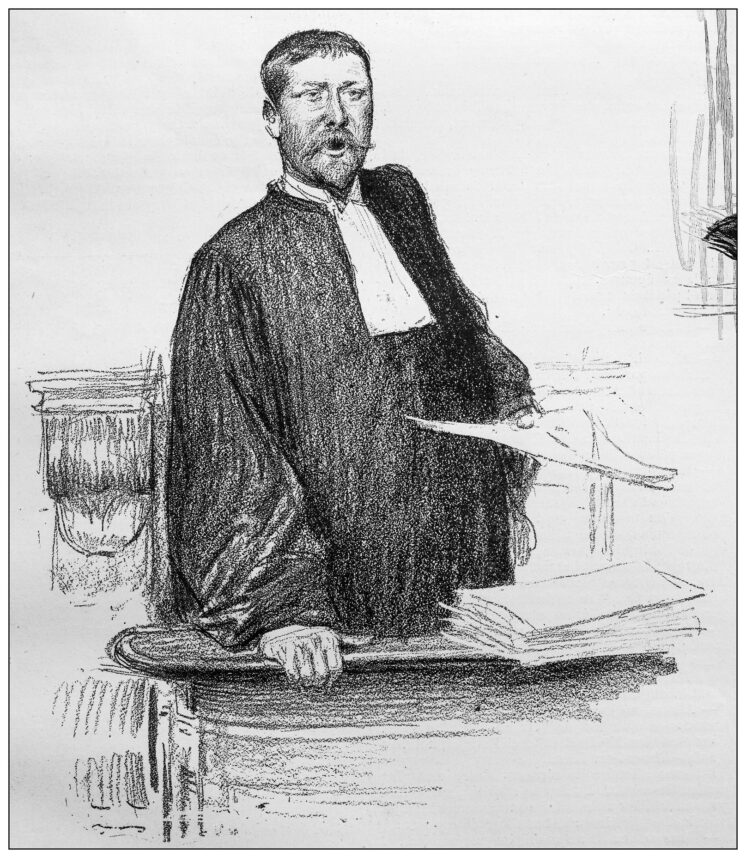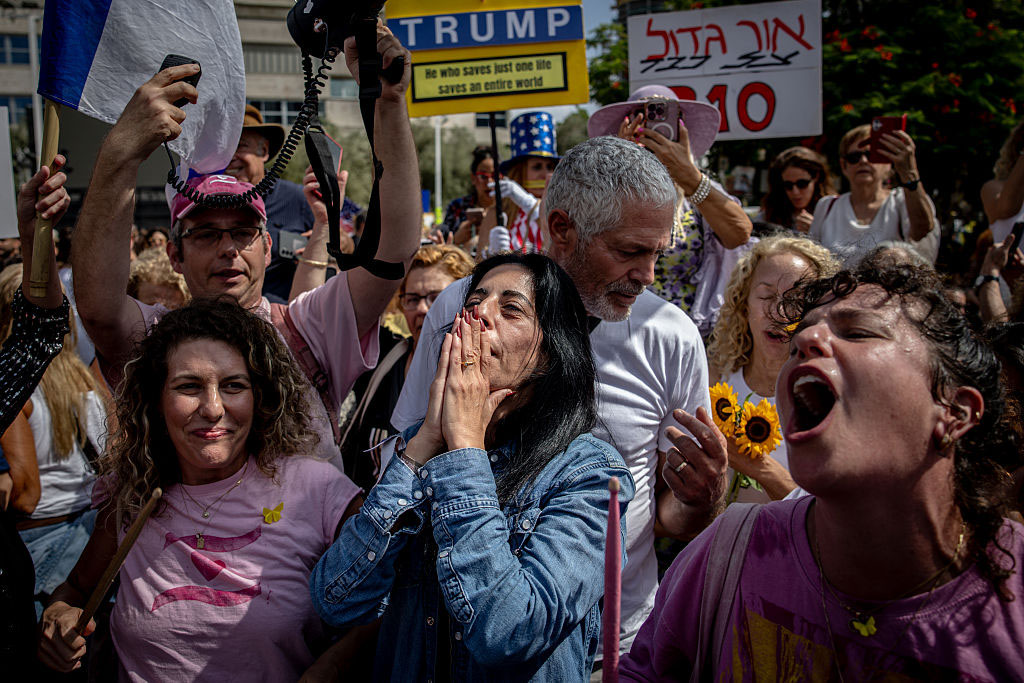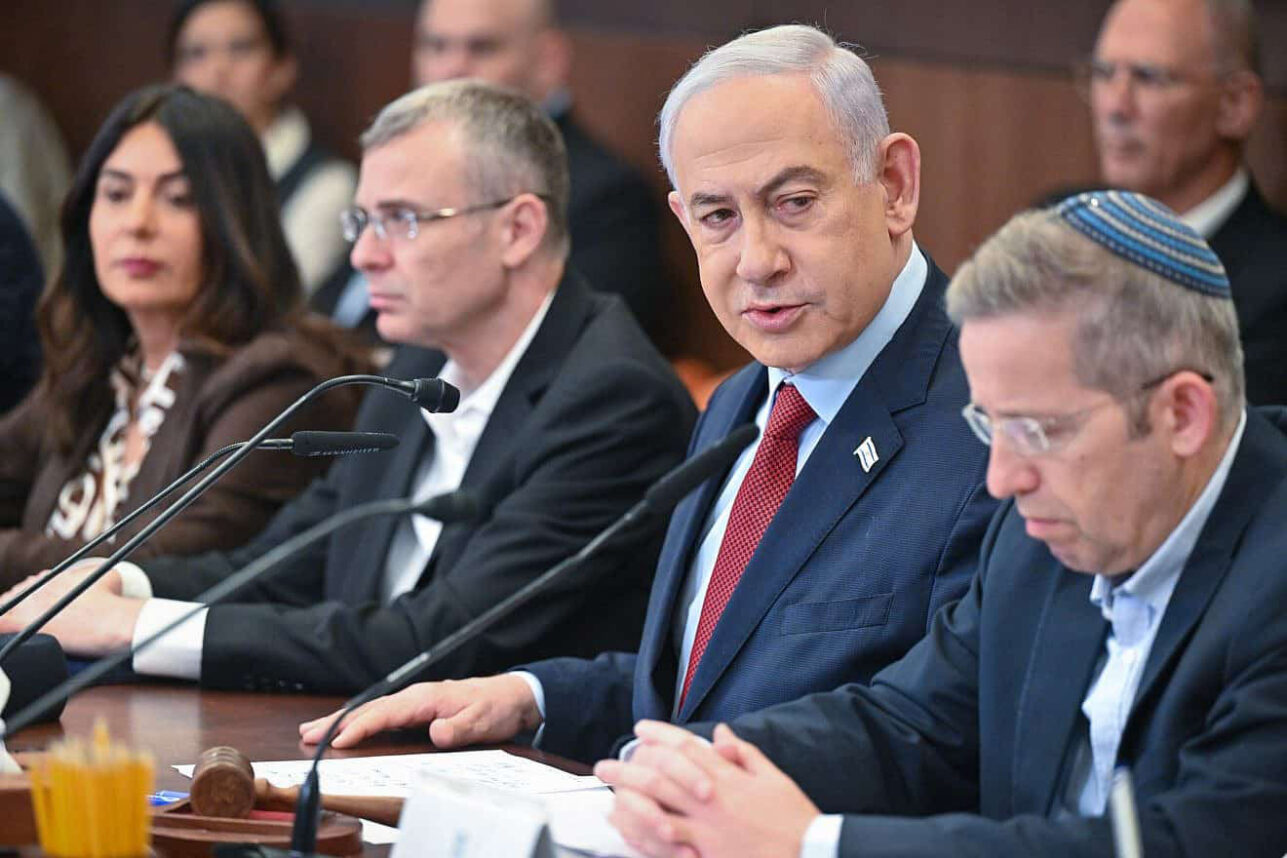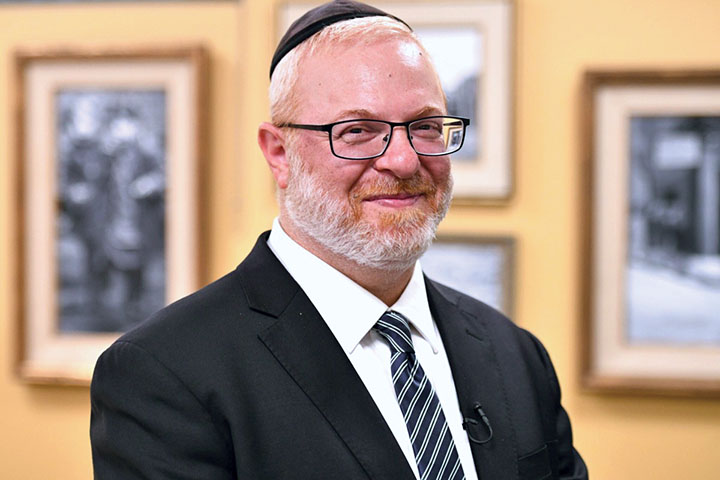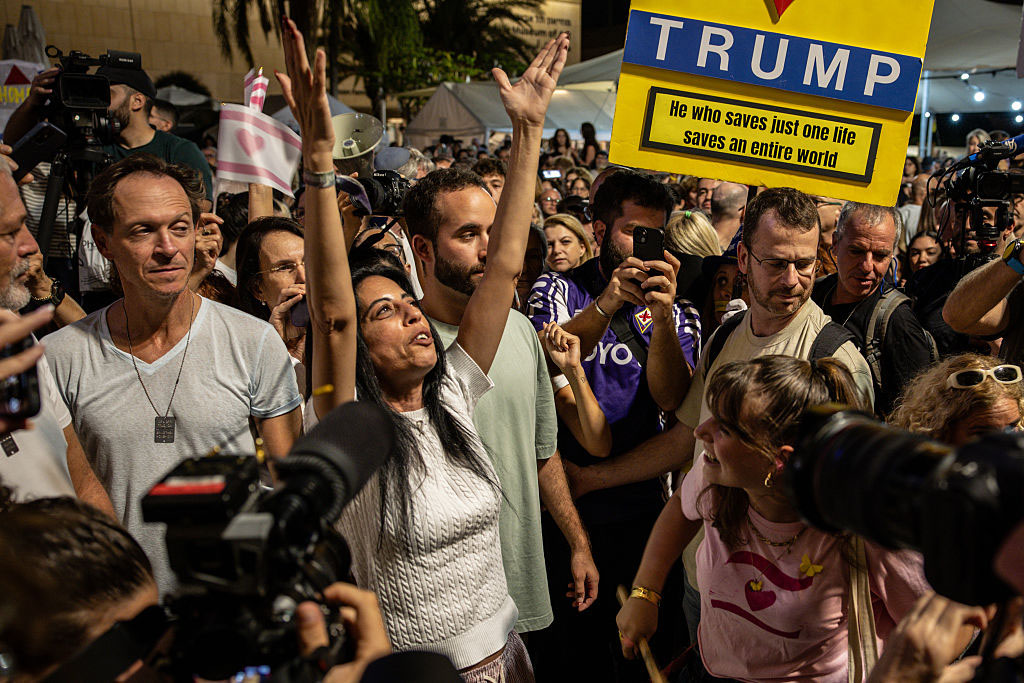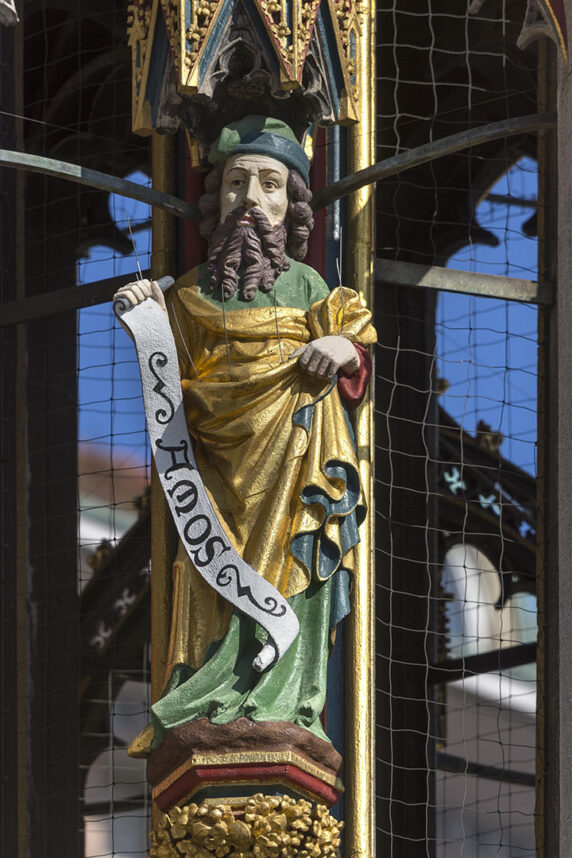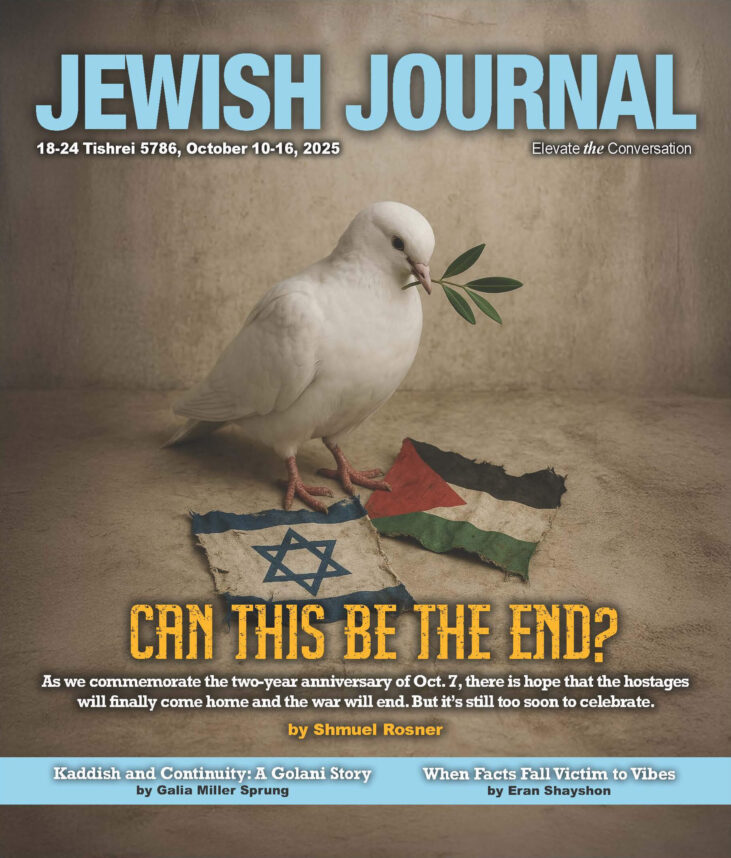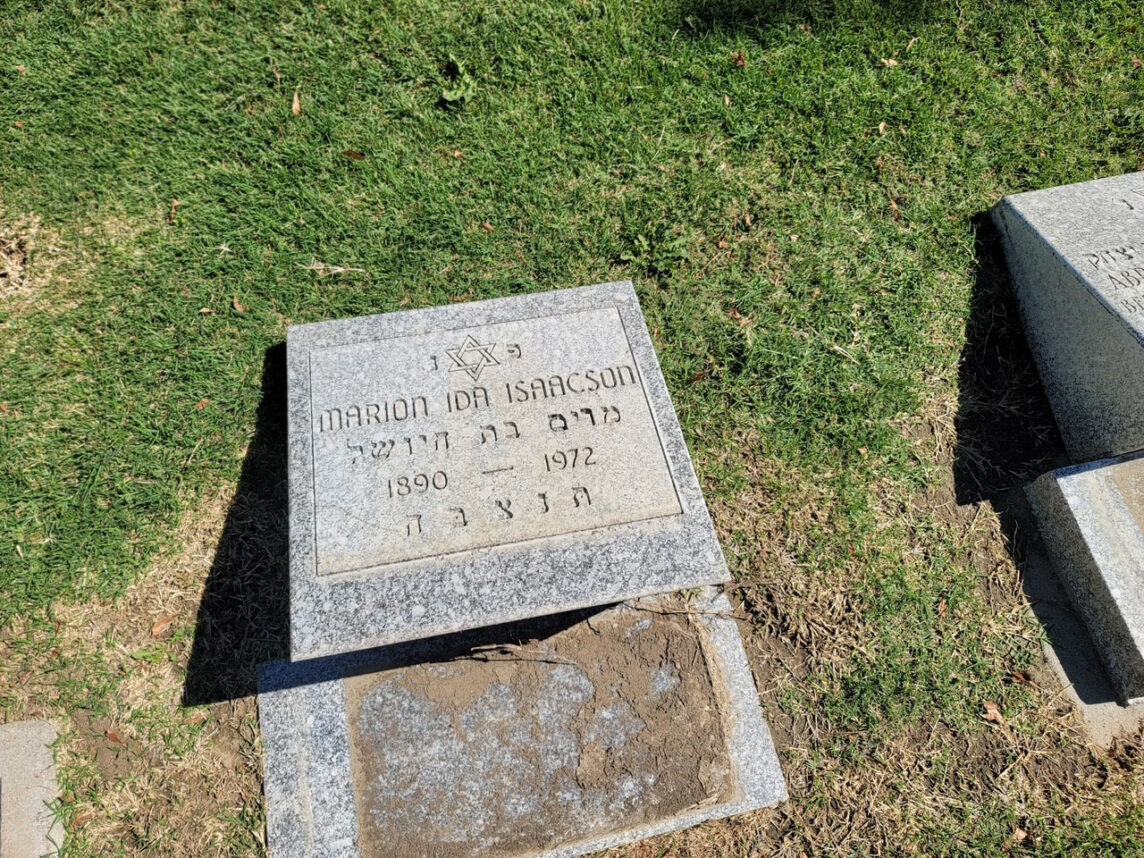Argentina’s Jewish community is the largest in Latin America, with 240,000 Jews, most of them living in Buenos Aires. The majority of them are Ashkenazi, and about 15 percent are Sephardic.
According to a 2005 socio-demographic study by the American Jewish Joint Distribution Committee, the Jewish community in Argentina dates back more than 140 years (although Jews first came to Argentina in the early 16th century, following their expulsion from Spain). The first minyan was held in 1882, in La Congregacion Israelita de Buenos Aires, and by the early 1900s there were 100,000 Jewish immigrants, mostly from Eastern Europe. These included Jewish gauchos, or cowboys, who established Jewish rural agricultural communities.
During World War II, Jewish immigration was prohibited; after the war, President Juan Peron permitted some Nazis to seek refuge in Argentina, among them Adolf Eichmann, who was captured by Israel’s Mossad in 1960. The peak of Jewish immigration came in the early 1960s, and the national census of 1960 recognized a Jewish population of 275,000.
In 1976, during the military dictatorship, Jews made up only 1 percent of Argentina’s population. However, they were approximately 5 percent of the as many as 30,000 people who “disappeared” — were kidnapped, arrested and executed — during what is known as the “Dirty War.”
“Young people from Jewish backgrounds had a tendency to work in professions that had to do with social issues,” said Guillermo Lipis, an Argentine journalist who investigated Jews during the dictatorship. “A lot were involved in socially oriented careers like medicine, law and sociology, and worked as activists. They worked in places that the repressors attacked.”
The community, which has always been concentrated in the middle class, was particularly affected by Argentina’s economic crises in the early 1990s and 2000s, during which many Argentine Jews migrated to Canada, the United States and Israel. According to Ana Roitemberg, Hebrew University’s representative in Argentina, 2001 saw the emergence of the “new poor” in the Jewish community — people from the middle class who had lost their jobs or could not access their bank accounts, which the government had frozen because of bank runs.
“It wasn’t the structural poor that one was accustomed to see,” she said. “These were people very well dressed, with an apartment, but they didn’t have money to go to the supermarket. A lot more Jews started to come to the [Jewish] institutions to ask for help.”
However, she said that the community has recovered substantially since then and that the institutions supported by the middle class are growing. The DAIA, the umbrella Jewish organization in Argentina, is located in Buenos Aires, as is the AMIA, the major Jewish community center. The Fundación Tzedaká provides social services for Jews and non-Jews, and there are several Jewish clubs that organize social activities for youths.
According to the 2005 study, 39 percent of Jews in Buenos Aires are connected to a synagogue or other Jewish organization, and 65 percent identify as observant on some level. Sixty percent of Jewish primary and secondary students in Buenos Aires attend a Jewish school.
Roitemberg said Jewish religious practice is mostly Conservative, but with a large Chabad presence. Today, about 55 synagogues are in Buenos Aires, along with about 70 Jewish educational institutions and 20 kosher restaurants. Buenos Aires also is home to a replica of the Anne Frank house, the only one outside of Amsterdam, as well as the only kosher McDonald’s outside of Israel.

